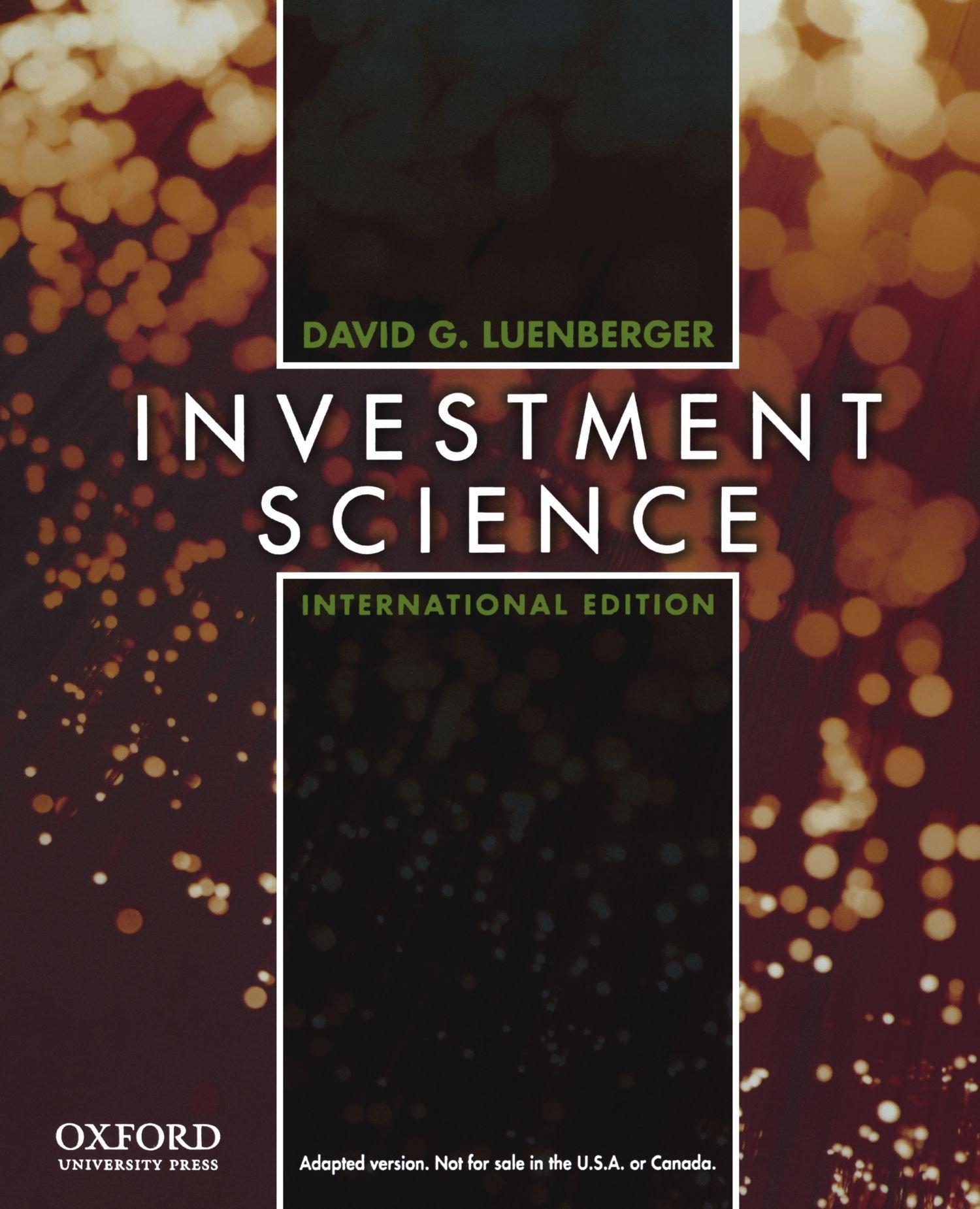


Will That Be Cash, Credit - or Fingertip? Have you ever found yourself short of cash or without a wallet when you want to buy something? Consider the following two types of technologies available in retail stores to speed up checkouts. Pay By Touch TM takes fingerprints when customers enroll in the program. The image is then converted to about 40 unique points of the finger. Those points are stored in a computer system with "military-level encryption". They want this to be your cash replacement because of the time savings, and a lot of customers who are paying cash will find it more convenient now to use these cards. A contactless card allows the shopper to pay in seconds by waving his or her contactless card in a front of a reader, which lights up and beeps to tell the shopper the transaction is done. A contactless payment is twice as fast as no-signature credit card purchase and three times as fast as using cash. That's why it's catching on at fast-food restaurants and convenience stores. Profits depend, in part, on how quickly customers - typically with small purchases - get through the line. These new technologies being rolled out at convenience stores, supermarkets, and gas stations could someday make it pass to carry bulky wallets. Without the need to dig for cash and checks at the register, the quick stop-and-go payments promise speedier transactions for consumers - and perhaps fatter profits for retailers. The appeal is that there is no need to run anything though a machine. A contactless-card is usually more expensive for retailer to process than a cash payment. But retailers that adopt contactless payments hope they'll bring in more customers, off-setting higher costs. If that turns out to be false, then some could turn their backs on the new technology. One retailer who just installed a Pay By Touch system hopes to increase its customer traffic so that a 10% return on investment can be attainted. The Pay By Touch scanners cost about $50 each, the monthly service fee ranges between $38 and $45, and each transaction fee costs 10 cents. In a society driven by convenience, anything that speeds up the payment process attracts consumers. But technology providers will need to convince consumers of the safety of their information before the technologies can become a staple in the checkout line. Suppose that you are a national franchise operator with 28,000 stores. As part of the growth strategy, you are thinking about installing the Pay-By-Touch system (say, two systems for each store location). What kinds of additional revenue per store (R) would justify the investment, if you are looking for at least 20% return on your investment? Hint for solving this short case study: Assume a monthly service fee = $40, the number of transactions per each scanner per day = 100, and service period 10 years. Will That Be Cash, Credit - or Fingertip? Have you ever found yourself short of cash or without a wallet when you want to buy something? Consider the following two types of technologies available in retail stores to speed up checkouts. Pay By Touch TM takes fingerprints when customers enroll in the program. The image is then converted to about 40 unique points of the finger. Those points are stored in a computer system with "military-level encryption". They want this to be your cash replacement because of the time savings, and a lot of customers who are paying cash will find it more convenient now to use these cards. A contactless card allows the shopper to pay in seconds by waving his or her contactless card in a front of a reader, which lights up and beeps to tell the shopper the transaction is done. A contactless payment is twice as fast as no-signature credit card purchase and three times as fast as using cash. That's why it's catching on at fast-food restaurants and convenience stores. Profits depend, in part, on how quickly customers - typically with small purchases - get through the line. These new technologies being rolled out at convenience stores, supermarkets, and gas stations could someday make it pass to carry bulky wallets. Without the need to dig for cash and checks at the register, the quick stop-and-go payments promise speedier transactions for consumers - and perhaps fatter profits for retailers. The appeal is that there is no need to run anything though a machine. A contactless-card is usually more expensive for retailer to process than a cash payment. But retailers that adopt contactless payments hope they'll bring in more customers, off-setting higher costs. If that turns out to be false, then some could turn their backs on the new technology. One retailer who just installed a Pay By Touch system hopes to increase its customer traffic so that a 10% return on investment can be attainted. The Pay By Touch scanners cost about $50 each, the monthly service fee ranges between $38 and $45, and each transaction fee costs 10 cents. In a society driven by convenience, anything that speeds up the payment process attracts consumers. But technology providers will need to convince consumers of the safety of their information before the technologies can become a staple in the checkout line. Suppose that you are a national franchise operator with 28,000 stores. As part of the growth strategy, you are thinking about installing the Pay-By-Touch system (say, two systems for each store location). What kinds of additional revenue per store (R) would justify the investment, if you are looking for at least 20% return on your investment? Hint for solving this short case study: Assume a monthly service fee = $40, the number of transactions per each scanner per day = 100, and service period 10 years









